Crowdfunding Rescues
It’s time for climbers to reconsider what will happen when things go wrong
Some things never change in climbing. Sadly, one of those aspects seems to be that a few climbers will be lost to the mountains each year.
One aspect that has changed recently, however, is the trend of the climbing community crowdfunding an often risky, expensive, and unlikely search/rescue mission to find those climbers.
In most instances, the rescues end without a life saved or a body found. The story of Elisabeth Revol’s rescue on Nanga Parbat earlier this year, however, stands out as an almost unbelievable instance in which a partially crowdsourced rescue succeeded.

On January 25, Elizabeth Revol of France and Tomasz Mackiewicz of Poland succeeded in reaching the summit of Nanga Parbat, the ninth highest mountain in the world, via the Diamir Face. This was a tremendous achievement and only the second time that Nanga Parbat has been climbed in winter.
On Tomasz and Elizabeth’s descent, however, the mountain inflicted its toll. Tomasz found himself in rapidly deteriorating shape. He had frostbite and, due to a decision to forego wearing an eye mask in hazy conditions, his eyes had become inflamed, causing snow-blindness. The two climbers huddled in a crevasse to assess Tomasz’s dire situation. Elizabeth used a sat phone to text for help.
She later described Tomasz as having trouble breathing. He took off his mask and his face froze. She said his nose turned ghostly white. All color drained from his hands and feet. Blood streamed from his mouth.
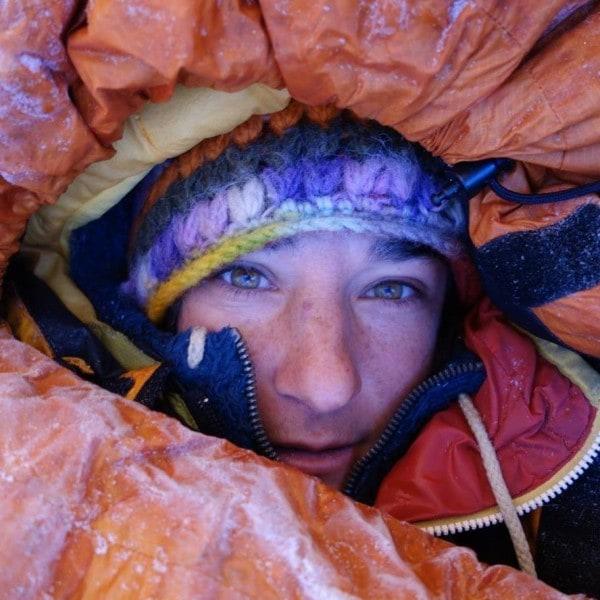 Elisabeth Revol
Elisabeth RevolShe realized she had no choice but to leave her partner. “It wasn’t a decision I made, it was imposed on me,” she said. Consider just how difficult this moment must have been.
Slowly, Elisabeth stumbled down the white slopes of Nanga Parbat. When the winds picked up, she’d duck and cover behind a rock and wait patiently. She had no idea if help was coming.
She continued downward, very much alone.
Funding a Rescue
Meanwhile, across Europe, word spread that Tomasz and Elisabeth were in trouble. In response, two harried crowdsourced campaigns were launched.
In Pakistan, any mountain helicopter search or rescue goes through a helicopter service called Askari Aviation, an agency managed by former military personnel and supported by the Pakistan Army Aviation. Flying a specialized high-altitude helicopter around some of the most rugged and dangerous mountains in the world for numerous hours is very expensive. Askari Aviation reportedly required an upfront payment of $100,000 prior to considering a rescue attempt on Nanga Parbat.
Within 24 hours, over $80,000 had been raised. Before either campaign was fully funded, however, the government of Poland stepped in and paid the full amount to Askari Aviation.
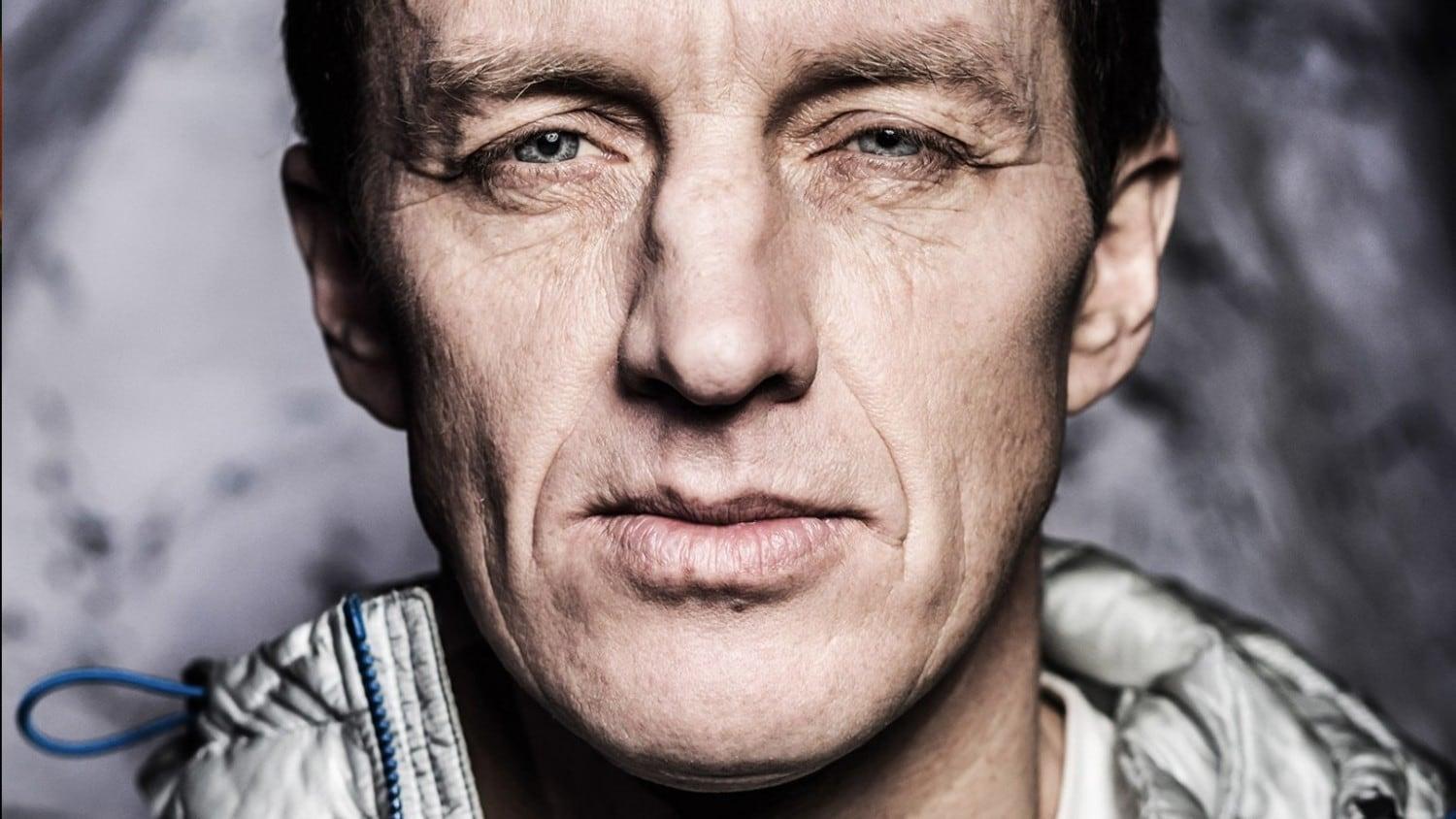 Denis Urubko
Denis UrubkoAbout a hundred miles away from Nanga Parbat, Denis Urubko, Adam Bielecki, Piotr Tommola, and Jarek Botor, a team of hardcore Polish climbers, were in K2 basecamp, acclimating for a hopeful first winter ascent of K2, arguably the last great prize left in 8,000-meter climbing. By sheer luck, it seems, four of the best high-altitude winter climbers in the world were not only within a stone’s throw of Nanga Parbat, but were also sufficiently acclimated to safely consider attempting a potential rescue.
The K2 climbers were asked if they’d be willing to help. They agreed to sacrifice their own goals and take a big risk in order to try to save Elisabeth. On January 28, Askari Aviation picked up the foursome and shuttled them 111 miles directly into the teeth of a storm on Nanga Parbat.
All in all, they would climb a superhuman 1,200 meters that night.
The helicopter dropped the Poles off at around 4,600 meters. Flying higher, though within the helicopter’s capabilities, was impossible simply due to winds and the fact that it was heavily snowing. Denis and Adam basically started sprinting up the mountain. They climbed at a blistering pace of 500 feet per hour on pretty technical terrain—in a storm, at altitude, in winter. All in all, they would climb a superhuman 1,400 meters that night.
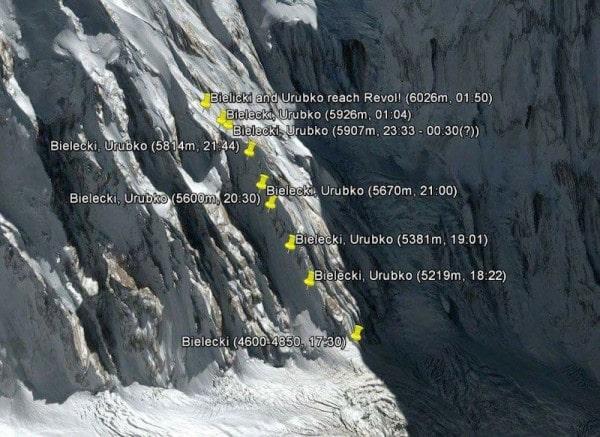
They had no good idea where Elisabeth even was. Her beacon had died. Her sat phone had died. Now well after midnight, Denis just started blindly shouting into the dark. By yet another stroke of luck, he heard a faint response. It was Elisabeth.
They found her hallucinating and sitting with her boots off—ironically, a common reaction to severe hypothermia.
Meanwhile, the other Polish climbers, Piotr and Jarek, were tailing behind Denis and Adam with more gear. At some point, they all convened.
There was a question of continuing upward to search for Tomasz—perhaps he was still alive? However, by then that prospect seemed improbable. The weather had deteriorated. It was -80 degrees with a 50mph windchill. Based on Elisabeth’s description, the climbers presumed Tomasz dead. The mission turned to getting Elisabeth off the mountain alive.
And they did. They saved her life.
When Rescues Trend
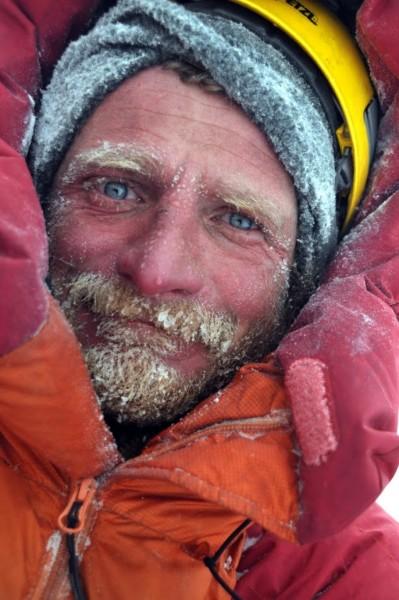 Tomasz Mackiewicz
Tomasz MackiewiczAs this tragedy unfolded before our eyes in real time, the climbing world proudly stepped up and raised a ton of money that would have gone toward the helicopter service had the government of Poland not jumped in to foot the bill. Instead, those crowdsourced funds will be given to Tomasz’s three young children.
Raising money to support the family that a climber has left behind is undeniably a good thing—but, to be clear, it’s an entirely separate issue from the one of whether rescues, in general, ought to be crowdsourced.
Though it might be tempting to point to this Nanga Parbat epic as an example of how crowdfunded rescue efforts can succeed, I think that would be a mistake.
Perhaps the most obvious problem with crowdfunded rescues is the time they waste. As impressive as it is that the climbing community has, on several occasions, raised well over six figures within 24 hours, that’s still 24 hours lost, a potentially crucial and lifesaving period of time.
Another hypothetical problem with crowdfunded rescues is that they might inherently favor climbers who are more popular or famous—which is ethically problematic for obvious reasons.
The more crucial point to acknowledge, however, is the fact that in 2018 it’s virtually impossible to be “alone” and “self-reliant” in the wilderness as we once understood these terms and their relevance to both climbing ethics and the age-old question of mountain rescue.
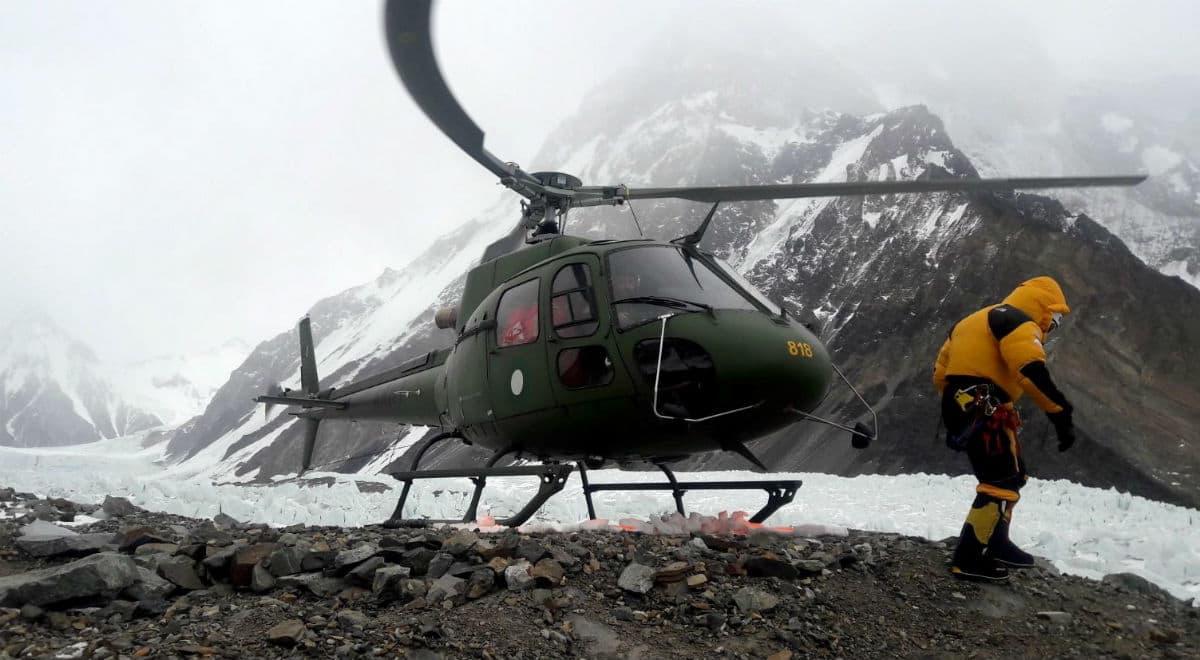
Twenty or more years ago, there were no cell phones. Tracking a climbing team’s whereabouts was virtually impossible. Climbers had the “freedom” to go climbing in the mountains with no expectation that a rescue would be launched should they not return on time.
“I don’t think we should be crowdfunding rescues in Pakistan,” says Swenson.
Today, technology and the speed of information has very much changed these calculations. Climbers may feel alone on rarified peaks hundreds of miles from the nearest Starbucks, but the fact that their locations can be tracked by friends and family back home via GPS, or that they can send sat-phone texts on DeLorme inReaches, or even post summit selfies on Instagram, has had the unintended side effect of bringing friends, family, and the climbing community at large into the ethical quagmire of determining when, if, and how a risky rescue is warranted or justified—not to mention, who will pay for it.
Based on what we’ve seen over the last two years, we can safely assume that any climber’s disappearance will now result in friends, family, and the climbing community scrambling to figure out what can be done, if anything, to find or rescue the missing climber(s). Given this new reality, it’s arguably irresponsible to take a trip to the big mountains without making serious arrangements in advance to secure your own potential rescue.
Not that this is very easy to figure out. Beyond the fact that everywhere is totally different, understanding what is and isn’t covered under your typical climbing-rescue insurance policies—assuming you’ve got one, which most climbers either don’t or is insufficient given the nature/location of the climbing objective—requires some fluency in legalese.
Pakistan presents a number of unique hurdles in that Askari Aviation is the only outfit permitted to perform rescues by the Pakistani government. They also require either a deposit or payment upfront.
I reached out to the CEO of Askari Aviation, Brigadier Muhammad Ehtasham Amir, to ask about what measures climbers could take to best prepare for the event that they go missing. He replied, “Govt of Pakistan has issued various advisories about climbers and their welfare while in Pakistan. All climbers must adhere to those. All climbers must contact Askari Aviation and get a briefing for emergency rescue procedures and process.”
I followed up and asked him if he could provide me with that briefing, but he never responded. I also searched for info on Pakistan’s advisories to climbers, but a cursory search turned up nothing.
Meanwhile, Steve Swenson, a seasoned alpine climber with numerous trips to Pakistan and the former president of the American Alpine Club, is attempting to strike a deal between Askari Aviation, the American Alpine Club, and Global Rescue that would help expedite rescues for those with full insurance through these respective programs.
“I don’t think we should be crowdfunding rescues in Pakistan,” says Swenson. “It’s irresponsible to be out asking the climbing community to pay for your rescue when you were too cheap to pay a few hundred dollars for a Global Rescue membership that would cover it. Having this coverage and paying your rescue deposit also speeds up rescue response which can also save lives.”
As of this writing, negotiations are still in the works, but Swenson says he sees the potential partnership as providing a much greater incentive for climbers (and trekkers) to pony up for a Global Rescue insurance policy.
“If this works out I hope to never see another one of the crowdfunded rescues again.”

Source: http://eveningsends.com/crowdfunding-rescues/
